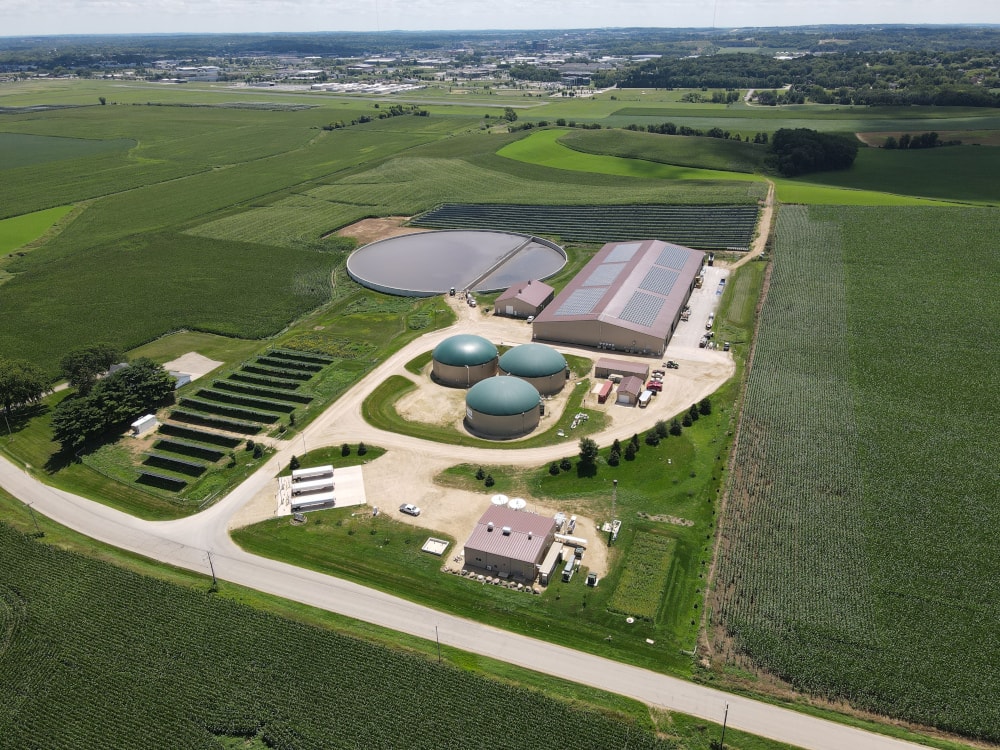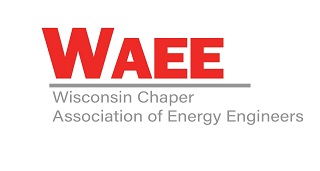
(Co-authored by Mark Inkrott, co-founder and partner of UpField Group and dairy consultant for EnTech Solutions)
This is Part Two in a series on anaerobic digesters. In Part One, we explore the wide range of benefits associated with putting an anaerobic digester on your dairy farm, including:
- Effective manure management
- Product and income diversification
- Protection of community water sources
- Reduction/elimination of greenhouse gas emissions
- Lower operational costs
In Part Two, we examine different factors to consider before building a digester on your farm and provide tips for getting started.
What You Need to Know About Anaerobic Digesters
One of the most common questions producers ask when conducting due diligence on an anaerobic digester (AD) project is related to herd size. Depending on the type of solution being considered, a dairy or a co-op of farms with 2,000 cows or more will profit from a digester. If your herd has not yet reached 2,000 but is growing, consider collaborating with neighboring farms to get to a manageable size for supporting a digester. A centrally located digester creates a hub-and-spoke model where multiple farms share the cost and benefit from the outputs.
Once a herd reaches a size of profitability for a digester investment, chances are the decision to invest in an AD system has already been in your plans, or you may even find yourself being pressured by outside influences to take action. If you are already sold on the idea of adding a digester to your farming operations, you might still wonder what it takes to develop and maintain it. Many producers start with similar questions, such as:
- How much space is required for a digester?
- Where will it be built?
- What is the cost to build?
- How much are operating costs?
- How long will it take to get a return on investment?
- How long will this project take from start to finish?
- How do I know if the digester is working properly?
Luckily, there is an easy way to get complete and thorough answers to these big questions. Start by contacting EnTech Solutions to discuss your concerns. From there, consider requesting a conceptual design.
Conceptual Design Process
EnTech Solutions has developed a unique step-by-step process that begins with an assessment followed by conceptual design. For a nominal investment, a conceptual design includes:
- An in-depth discussion. Our experts will ask questions to gather insight on what problems you want to solve and any specific challenges.
- An on-site visit. Visiting your farm allows our team to get to know you, fully assess your location, take measurements, make notes on any limitations and gather the data needed to create a model of your project.
- Multiple design options. You will reconvene with our team to review and discuss a scope of work and recommendations for your project. Our proprietary software makes it possible to create almost infinite iterations of your design to offer different options that meet your personal priorities. Projects with the best ROI include an energy microgrid, water filtration and the ability to produce renewable natural gas (RNG).
- Initial budget and schedule. The conceptual design process includes a preliminary design based on your chosen option to provide initial estimates for budget and timeline.
- Financing information. Our initial budget includes resources for pursuing grants and incentives, as well as information on flexible financing. Possibilities include tapping into carbon credits, private funding sources and equity financing directly through EnTech Solutions.
EnTech Solutions can provide comprehensive service from beginning to end that creates peace of mind and ease of completion, including a fully engineered plan, sourcing materials, installation, ability to monitor system performance and make adjustments as needed remotely, continuous system optimization and options for ongoing service/maintenance. Our goal is for it to feel effortless when you work with us.
Want to see a finished digester project? Read about a successful facility in Dane County, Wisconsin that uses an anaerobic digester to convert farm waste into RNG on a dairy, with a negative CI score.
If you would like to initiate a conversation about bringing a digester and clean energy to your farm, reach out to us today.
- See our contact form
- Call us at 920-225-6737
- email [email protected]
Thank you for checking out the EnTech Solutions blog. To stay up to date with technologies, developments and trends about clean energy, please subscribe.








